Energy Flow through Ecosystem Worksheet
Are you a science teacher seeking a comprehensive resource to help your students understand the concept of energy flow through ecosystems? Look no further! In this blog post, we will introduce you to an informative and engaging worksheet that will provide your students with a solid foundation on this topic.
Table of Images 👆
More Energy Worksheets
Light and Heat Energy WorksheetsTypes of Energy Transfer Worksheet
Energy Light Heat Sound Worksheets
3 Forms of Energy Worksheets
Energy Worksheets for Third Grade
What is energy flow in an ecosystem?
Energy flow in an ecosystem is the movement of energy through various organisms as they interact within a food chain or web. It begins with primary producers, like plants, which convert sunlight into energy through photosynthesis. This energy is then passed on to primary consumers (herbivores), then to secondary consumers (carnivores), and so on. At each trophic level, energy is transferred as organisms are consumed and the energy is used for metabolism, growth, and reproduction. However, each transfer results in some energy loss in the form of heat, limiting the amount of energy available to higher trophic levels.
How is energy transferred from one trophic level to another?
Energy is transferred from one trophic level to another in a food chain through consumption. Organisms at each trophic level consume organisms from the level below them, and as a result, energy is transferred from one level to the next. This process is also known as energy flow in an ecosystem, with energy being passed on through the food chain as organisms are eaten by other organisms.
What are producers in an ecosystem?
Producers in an ecosystem are organisms that are capable of converting light energy or inorganic substances into food through photosynthesis or chemosynthesis. These organisms form the base of the food chain by providing energy for all other organisms in the ecosystem, such as herbivores, carnivores, and decomposers. Examples of producers include plants, algae, and some bacteria.
Describe the role of primary consumers.
Primary consumers play a crucial role in the food chain as they are herbivores that feed directly on producers, such as plants. By consuming plant matter, primary consumers transfer energy from plants up the food chain to higher trophic levels. They help regulate plant populations and contribute to the overall balance of ecosystems by serving as a food source for secondary consumers, ultimately supporting the food web and maintaining biodiversity.
What is the difference between a food chain and a food web?
A food chain is a linear sequence that shows the transfer of energy and nutrients from one organism to another in an ecosystem, while a food web is a more complex and interconnected system that shows multiple food chains linked together, illustrating the various feeding relationships in an ecosystem. In comparison, a food chain is simpler and generally involves a single path of energy flow, while a food web is more realistic and represents the complex interactions among various organisms in an ecosystem.
Explain the concept of trophic levels in an ecosystem.
Trophic levels in an ecosystem refer to the hierarchical levels within a food chain, where organisms are classified based on their feeding relationships and energy transfer. The first trophic level consists of primary producers, such as plants, algae, and some bacteria, which convert sunlight into energy through photosynthesis. Herbivores that consume these producers make up the second trophic level. Carnivores that eat herbivores occupy the third trophic level, and apex predators at the top of the chain represent the highest trophic level. Each level represents a transfer of energy from one organism to the next, illustrating the flow of nutrients and energy through the ecosystem.
How does the energy transfer efficiency decrease as it moves up the trophic levels?
Energy transfer efficiency decreases as it moves up the trophic levels due to the second law of thermodynamics, as energy is lost as heat with each transfer. Primary producers (plants) capture sunlight and convert it to chemical energy through photosynthesis, but only about 10% of this energy is transferred to herbivores. As we move up to higher trophic levels, such as carnivores, even less energy is transferred as animals use energy for metabolism and movement, resulting in a decrease in energy transfer efficiency. This is why there are typically fewer top predators in an ecosystem compared to primary producers.
Describe the role of decomposers in energy flow.
Decomposers play a crucial role in energy flow by breaking down organic matter such as dead plants and animals into simpler substances. This decomposition process releases nutrients back into the ecosystem, allowing them to be taken up by plants and reused in the food chain. By facilitating this recycling of nutrients, decomposers help maintain the flow of energy through an ecosystem and sustain the overall balance of the food web.
What happens to the energy that is not passed on to higher trophic levels?
The energy that is not passed on to higher trophic levels is typically lost as heat through metabolic processes such as respiration and excretion. This lost energy is used by the organisms for their own growth, maintenance, and reproduction. Ultimately, only a small fraction of the energy from one trophic level is transferred to the next, with the rest being dissipated as heat into the environment.
Explain the importance of energy flow in maintaining the stability of an ecosystem.
Energy flow is crucial for maintaining the stability of an ecosystem as it determines the transfer of energy from one trophic level to another. This flow of energy dictates the availability of resources for different organisms, influencing their populations and interactions within the ecosystem. Without a continuous flow of energy, organisms would not be able to obtain the necessary resources for survival and reproduction, leading to disruptions in the food chain and potential ecosystem collapse. Energy flow also helps regulate the balance of species within an ecosystem, preventing the dominance of certain species and promoting biodiversity, which is essential for the overall health and resilience of the ecosystem.
Have something to share?
Who is Worksheeto?
At Worksheeto, we are committed to delivering an extensive and varied portfolio of superior quality worksheets, designed to address the educational demands of students, educators, and parents.





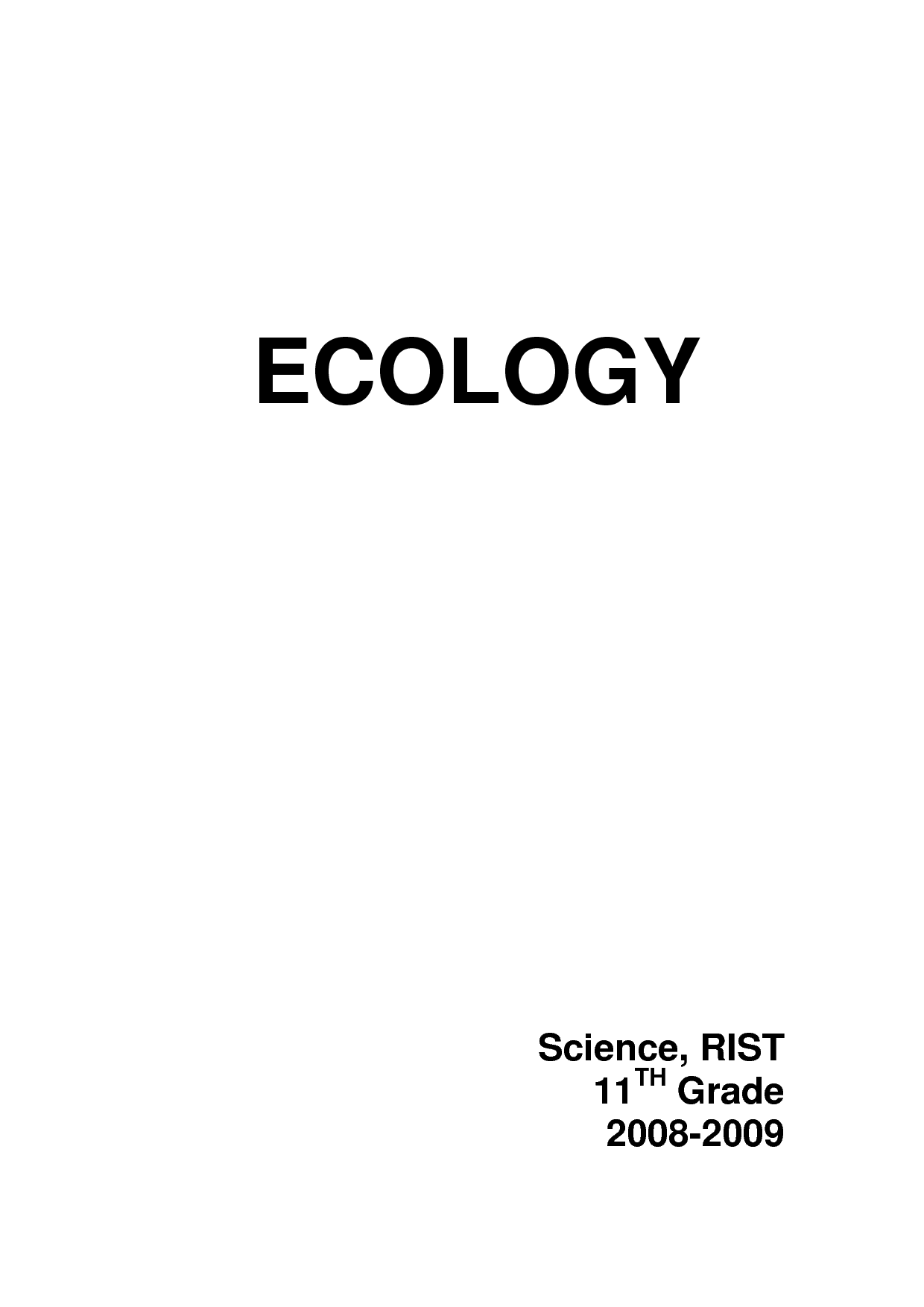
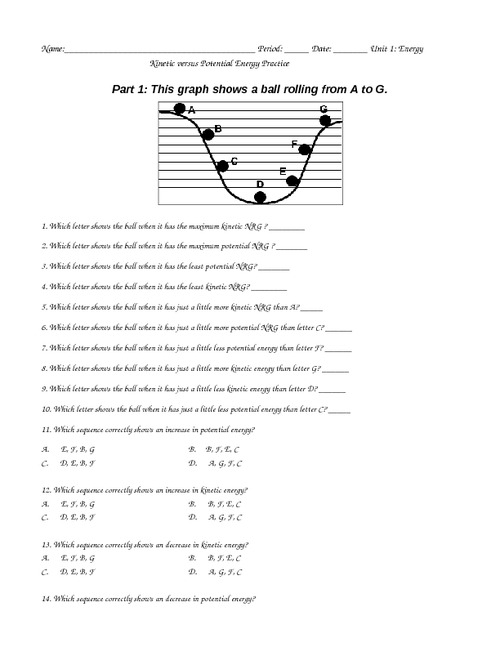
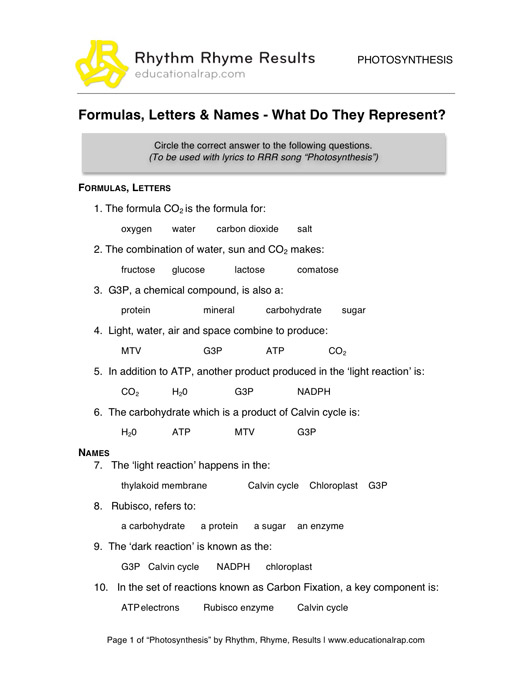
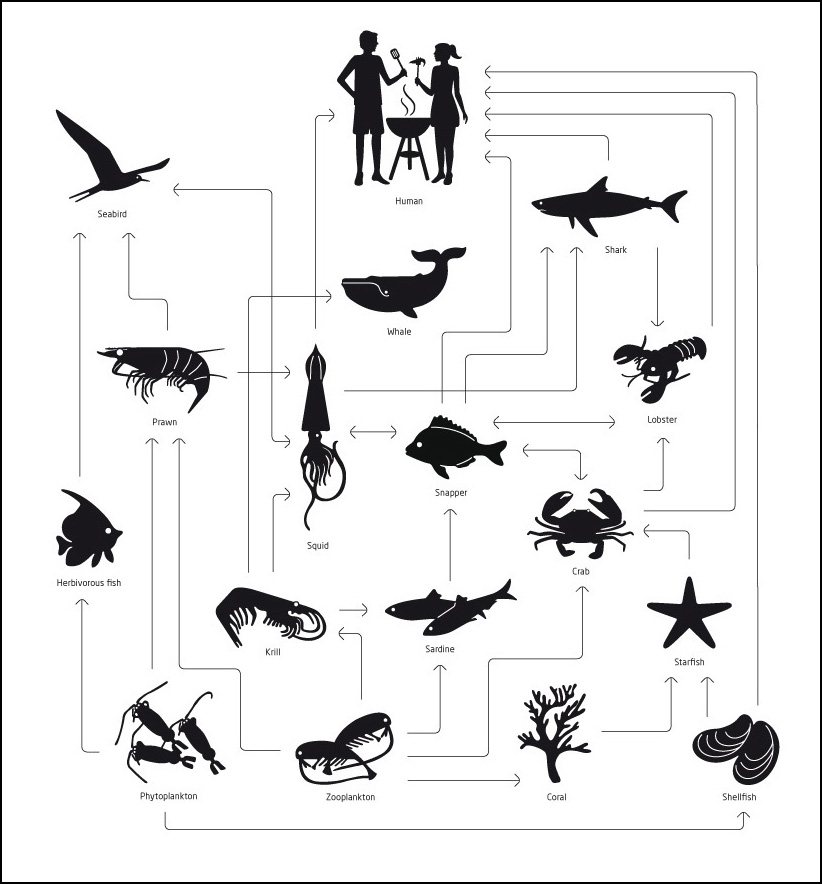
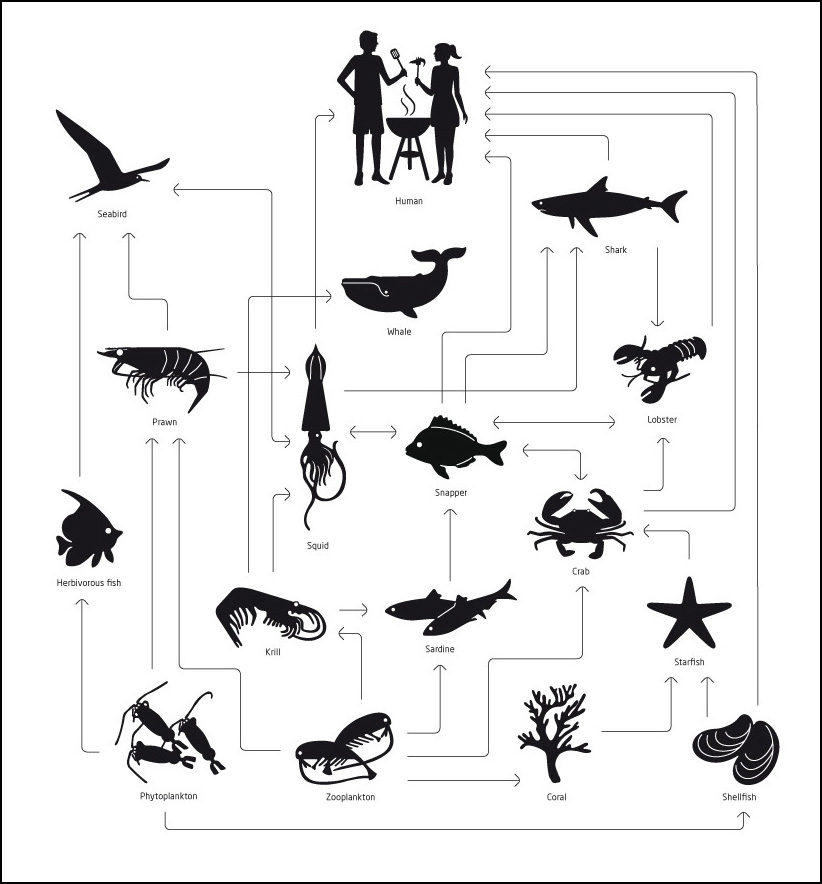
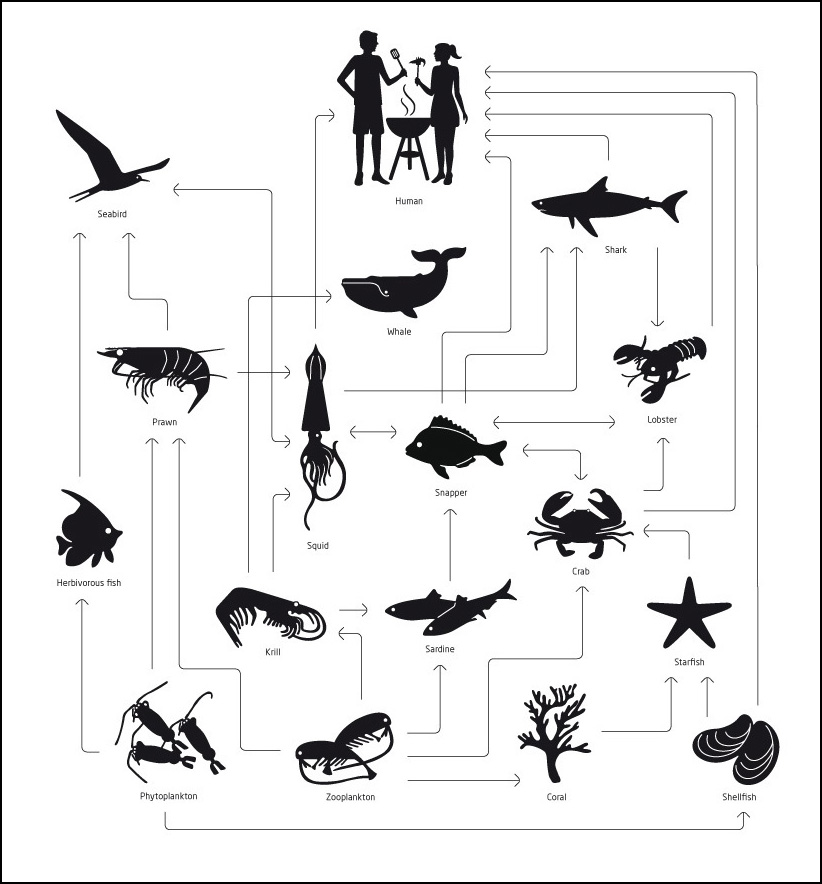
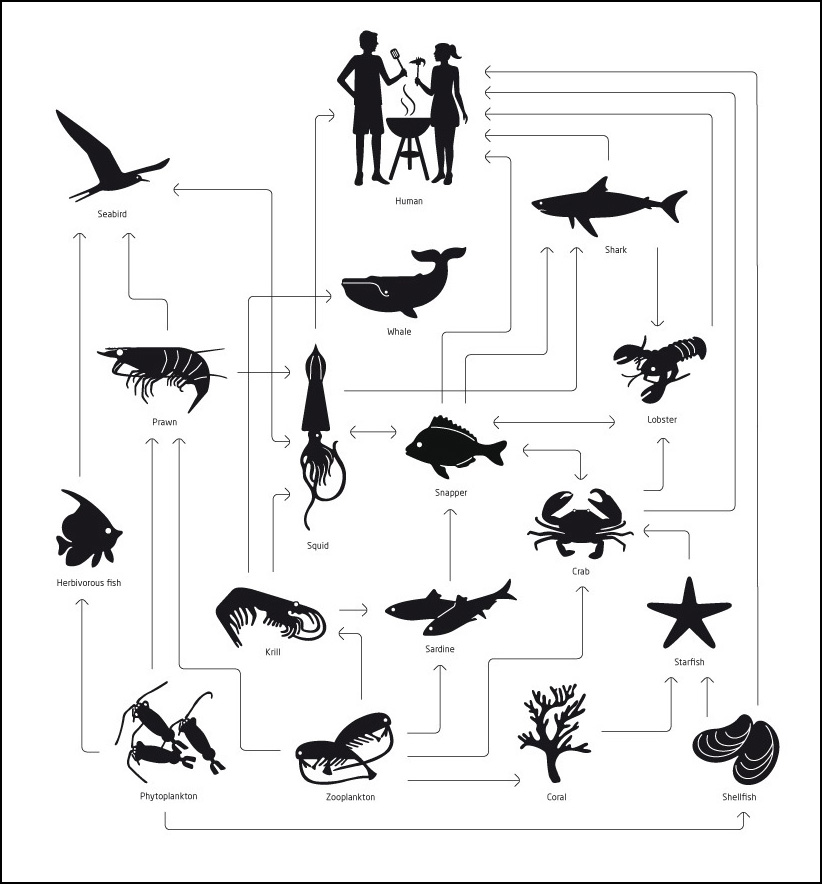
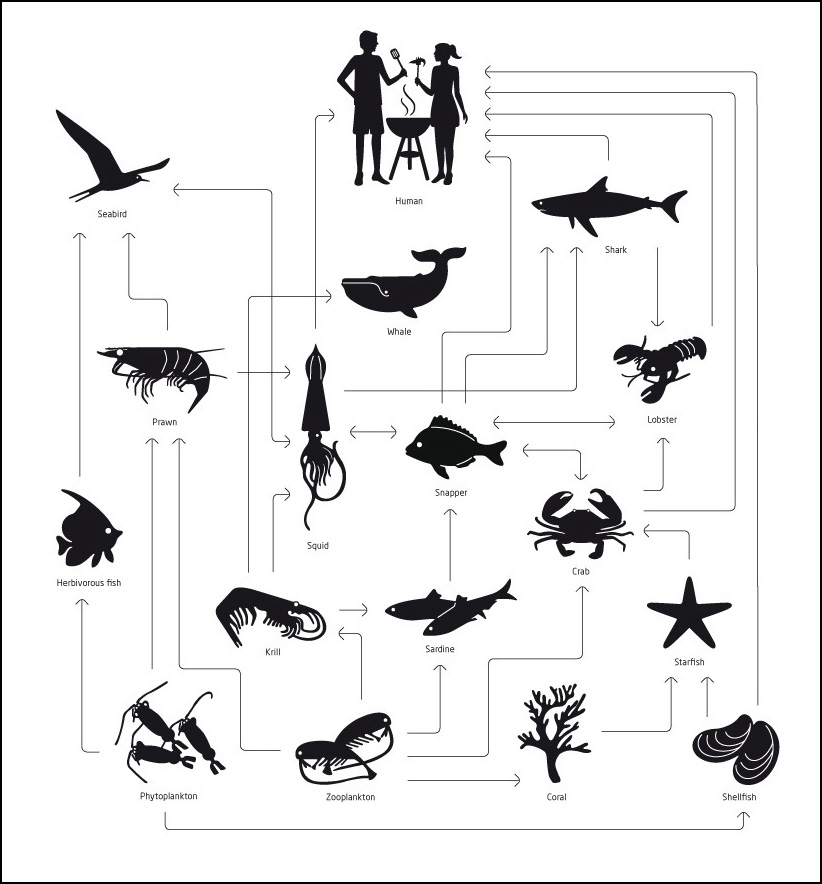
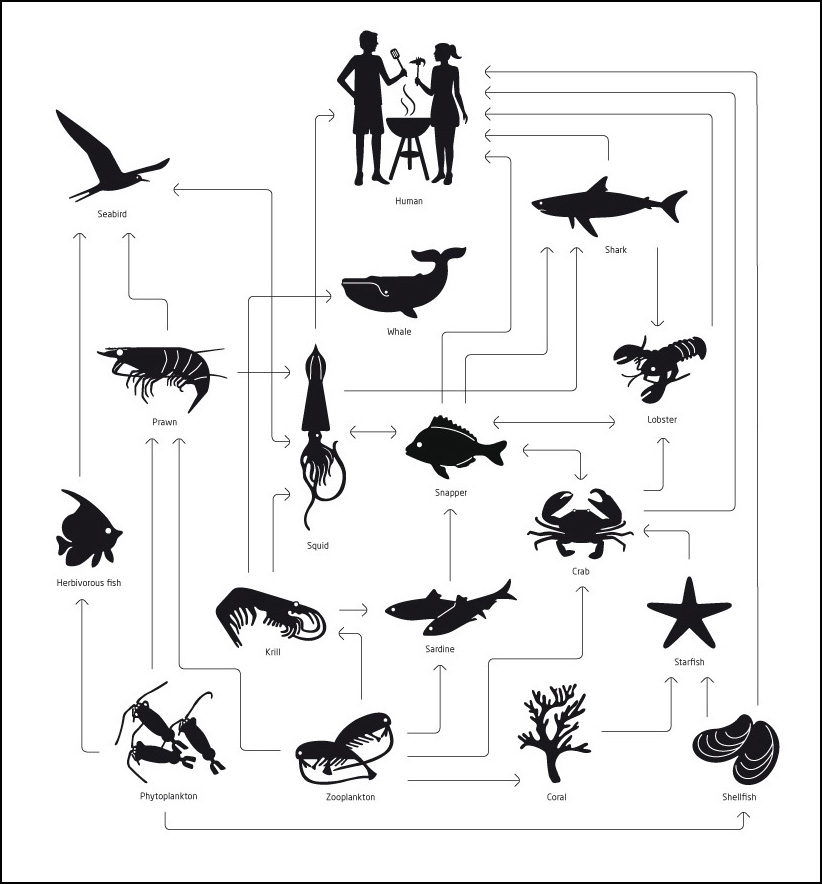

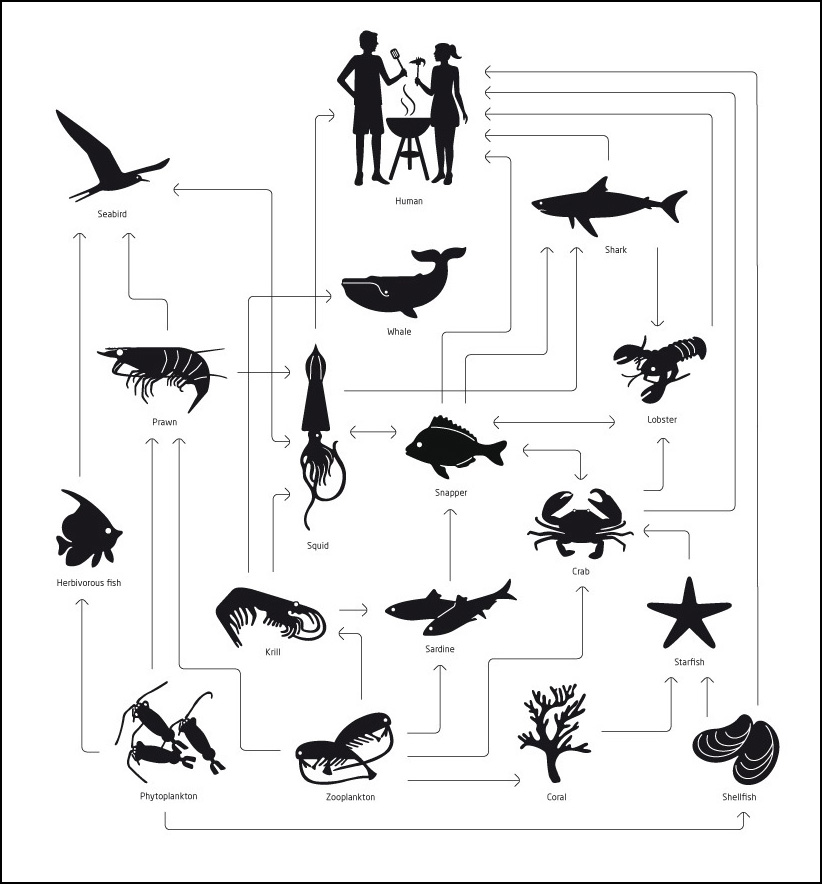
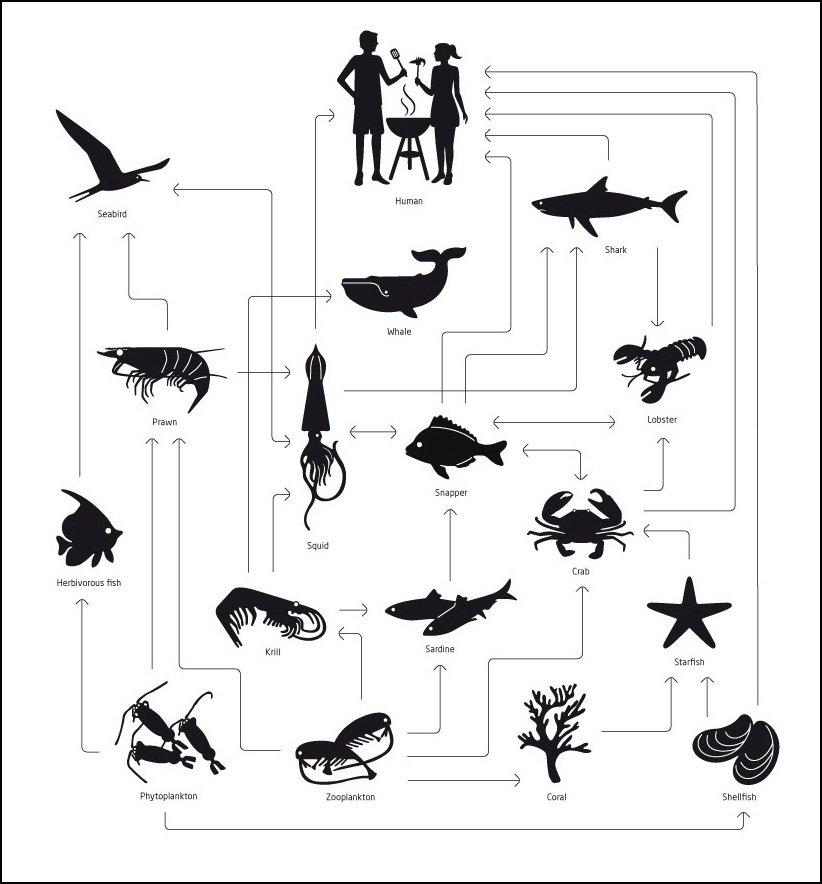
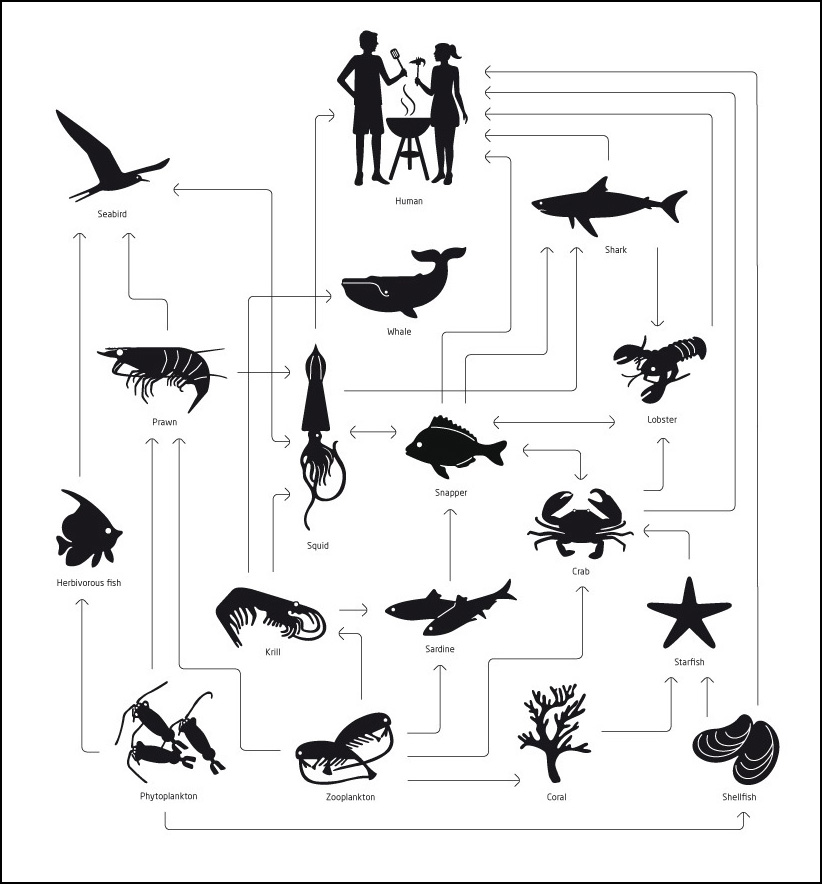
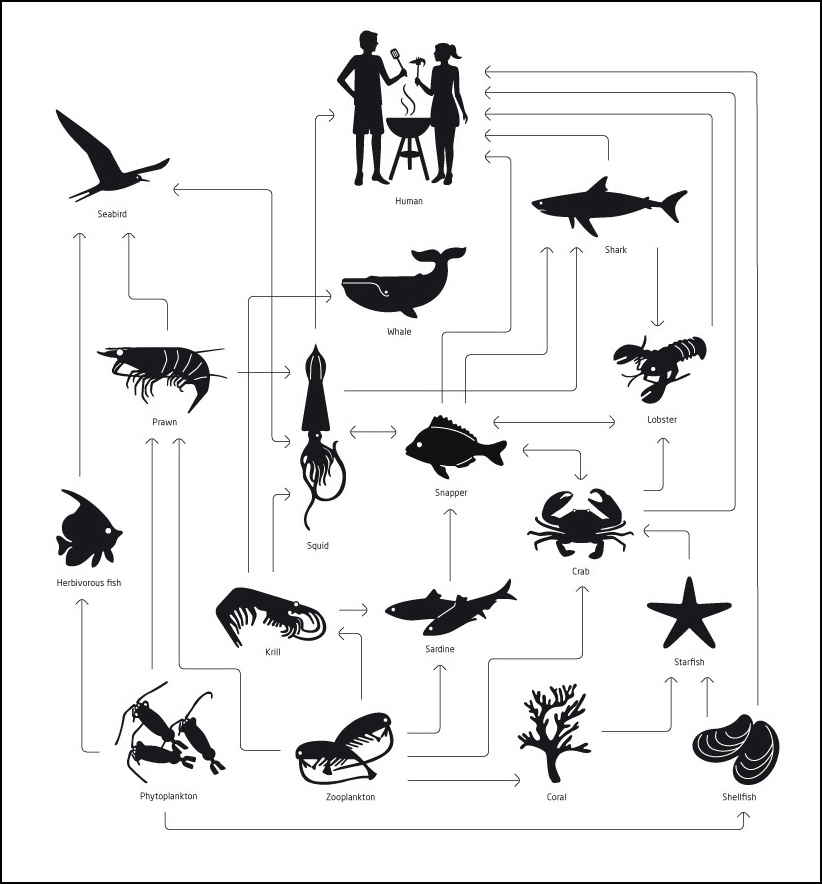
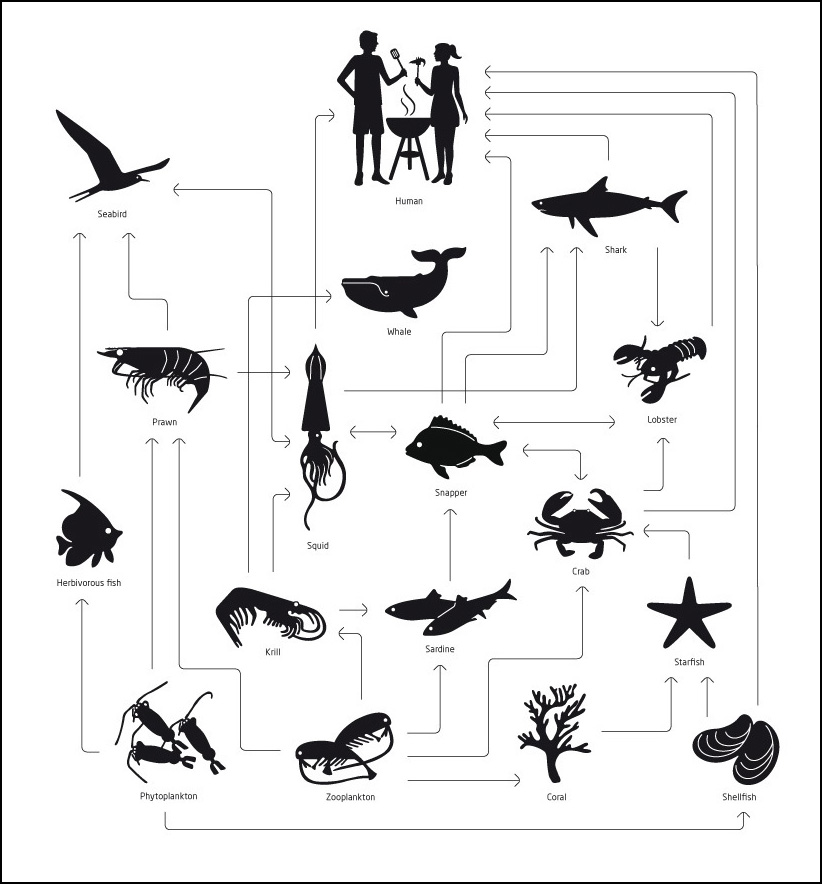













Comments